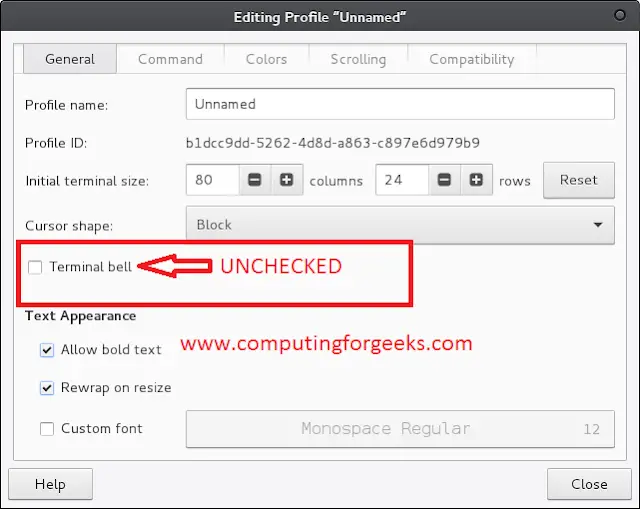Given an HTML document that is running on a device and the task is to find the width of the working screen device using JavaScript.
Example 1: This example uses window.innerWidth to get the width of the device screen. The innerWidth property is used to return the width of the device.
HTML
<!DOCTYPE html><html lang="en"><head> <title> How to get the width of device screen in JavaScript? </title></head><body style="text-align: center;"> <h1 style="color:green;"> neveropen </h1> <h3> Click on Button to Get the Width of Device's Screen </h3> <button onclick="GFG_Fun()"> Click Here </button> <p id="GFG"></p> <!-- Script to display the device screen width --> <script> let elm = document.getElementById("GFG"); function GFG_Fun() { let width = window.innerWidth; elm.innerHTML = width + " pixels"; } </script></body></html> |
Output:

Example 2: This example uses document.documentElement.clientWidth method to get the width of device screen.
html
<!DOCTYPE html><html lang="en"><head> <title> How to get the width of device screen in JavaScript? </title></head><body style="text-align: center;"> <h1 style="color:green;"> neveropen </h1> <h3> Click on Button to Get the Width of Device's Screen </h3> <button onclick="GFG_Fun()"> Click Here </button> <p id="GFG"> </p> <!-- Script to display the device screen width --> <script> let elm = document.getElementById("GFG"); function GFG_Fun() { elm.innerHTML = document. documentElement.clientWidth + " pixels"; } </script></body></html> |
Output:





